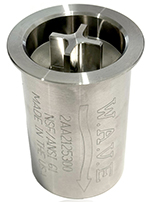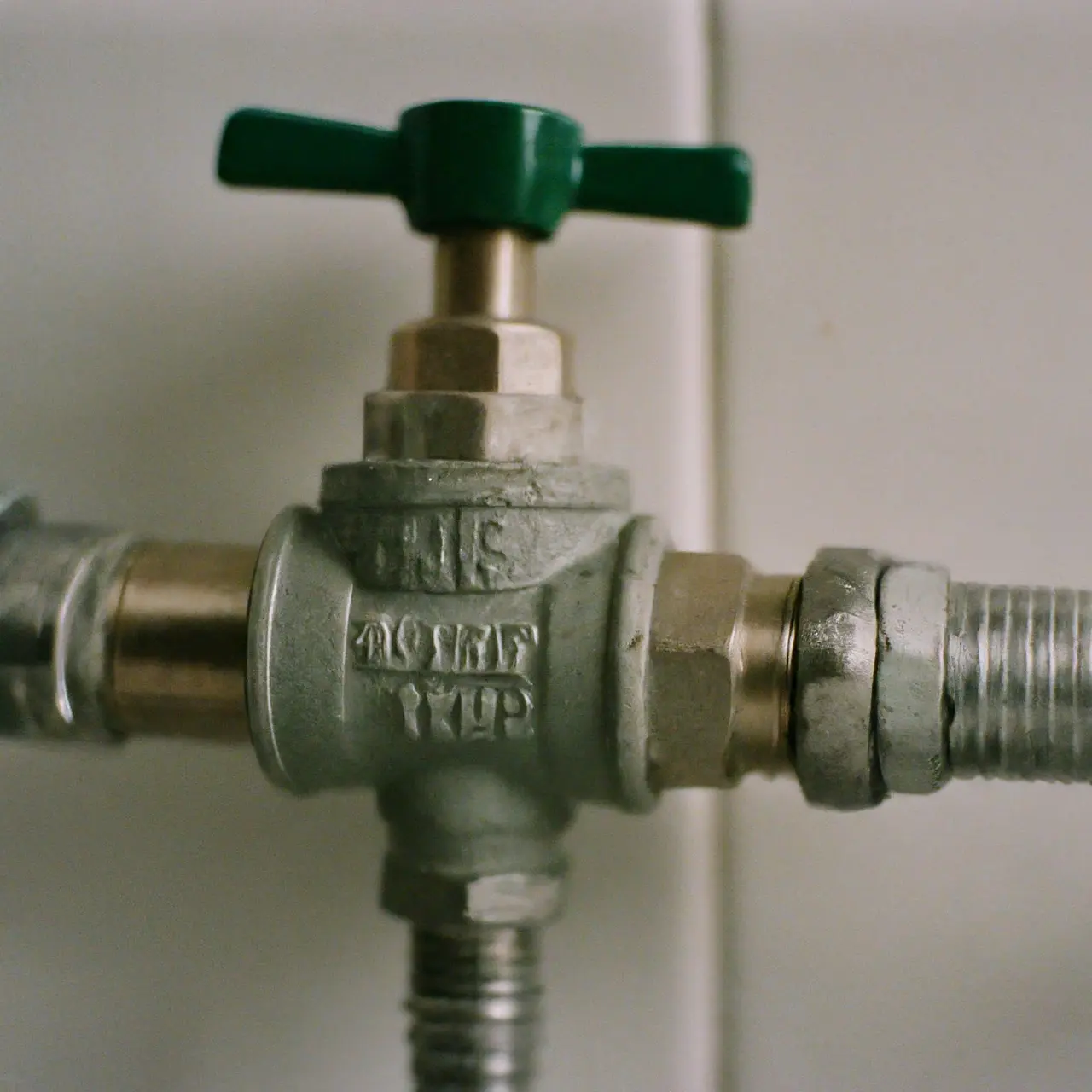In an era where every penny counts and sustainability is more than a buzzword, a water saving valve emerges as a hero for homeowners. This innovative device not only champions eco-friendly practices but directly contributes to reducing monthly utility bills. Dive into how making a small change in your water usage can lead to significant savings.
Understanding the Importance of Water Conservation
Conserving water is a cornerstone of sustainable living. Each drop saved not only helps in reducing the strain on our water resources but also minimizes the energy required for water treatment and distribution. The importance of water conservation cannot be overstated, especially considering the increasing stress on our natural water systems due to population growth and climate change.
Moreover, water conservation is intrinsically linked to reducing one’s utility bills. Less water used translates directly into lower water and energy bills, making conservation an economically smart habit as much as it is an environmental one.
What is a Water Saving Valve?
A water saving valve is a revolutionary device designed to reduce water flow through the pipes in your home, without compromising on water pressure. It works by regulating the flow and ensuring that less water is wasted during everyday activities such as showering, washing dishes, and running the faucet.
These valves are simple to install and can be fitted to most existing plumbing systems. They are an affordable solution for homeowners looking to make their homes more efficient and environmentally friendly.
How Water Saving Valves Work to Reduce Utility Bills
The mechanism behind water saving valves is straightforward yet effective. By limiting the flow of water through the pipes, these valves ensure that less water is used during each use. This is particularly beneficial for activities that consume a lot of water, such as taking showers or running the garden hose.
Water saving valves achieve this without sacrificing functionality. People often hesitate to adopt water-saving measures, fearing a drop in water pressure that could affect their daily comfort. However, modern water saving valves are designed to maintain a robust water pressure, ensuring efficiency and comfort coexist.
The savings on utilities manifest in the long term, with reduced water usage leading to notably lower water bills. Additionally, since these valves also contribute to lower energy consumption by heating less water, they also help in reducing energy bills.
Real-World Examples of Savings with Water Saving Valves
Consider the story of a small family in the suburbs who installed water saving valves throughout their home. Within the first year, they saw their water bill drop by 25%. Such tangible savings underscore the effectiveness of water saving valves in reducing utility bills.
Across the globe, businesses and institutions have also adopted water saving valves, reporting not only reduced utility costs but also contributing to their sustainability goals. From hotels to schools, the impact of these devices is both significant and wide-reaching.
In a community effort, a neighborhood decided to collectively install water saving valves in all households. The initiative was a resounding success, leading to a cumulative saving that benefited everyone—demonstrating the potential when communities come together for water conservation.
Installing a Water Saving Valve: Steps and Tips
Installing a water saving valve is typically a straightforward process. For most homeowners, it involves shutting off the water supply, removing the old valve from the fixture, and replacing it with a new water saving valve. It’s crucial to ensure compatibility with your plumbing system to avoid leaks or pressure issues.
Seek advice from a professional if you’re unsure about the installation process. They can help in selecting the right valves for your home and ensure they are installed correctly for maximum efficiency.
Regular maintenance is also key to ensuring the longevity and effectiveness of your water saving valves. Periodically check the valves for any signs of wear and tear or blockages that might impede their performance.
Embracing the water saving valve in your household is more than a journey towards sustainability; it’s a step towards conscientious living and smarter spending. As we’ve seen, the cumulative savings on utility bills and the positive impact on our planet make the investment unmistakably worthwhile. Remember, saving water means saving money.


